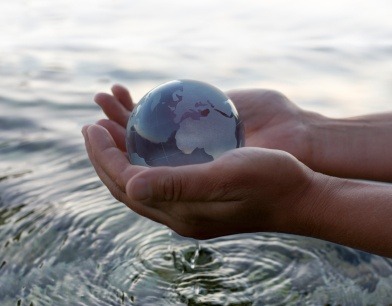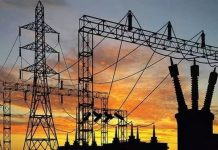ISLAMABAD: As an agrarian country, Pakistan consumes 90 percent of its water for agriculture, which plays an important role in food security. However, the country’s water resources are fast depleting, calling for latest technology to conserve this precious asset and prevent future food shortages, reports WealthPK.
Currently, agriculture accounts for 22% of the country’s GDP as against 19.2% last year. At least 37.4 percent of the labour force in the country is attached to the agriculture sector.
Talking to WealthPK, Muhammad Azam, Research Assistant at the Indus River System Authority (IRSA) said, “Water shortage and the growing need for its conservation are important aspects of climate change for Pakistan. Every aspect of a state’s economy, from energy to agriculture, depends on the availability of water, making it a crucial component of national security. As water reserves decline to 1,000 cubic meters per capita, it is obvious that Pakistan will fail to give water access to the expanding population in the coming years.”
“Water is a necessity for all living creatures to survive. It is essential for economic progress and the expansion of industry and agriculture. However, to save water resources, Pakistan has not given new dam construction the required amount of attention. Since its independence, this country has only constructed two big dams – the Tarbela and Mangla Dams,” he said.
“The storage capacity of these dams has decreased as a result of sedimentation. As a result of stagnation of water resources, the amount of water available per person is dropping alarmingly,’’ he added.
“Lack of water has become a serious issue in Pakistan. The International Monetary Fund (IMF) has ranked Pakistan third among the most water-scarce countries in the world. According to reports, Pakistan will be water-scarce by 2025, which means it will become a country with an absolute shortage of water.”
Azam said, “Although Pakistan is an agricultural country, it has a weak water infrastructure, which leads to extensive water losses. Approximately 60% of the water consumed by agriculture is lost through canals, rivers, and in agricultural fields.”
“Additionally, though the world’s average storage capacity has reached 40%, Pakistan can only conserve up to 10% of its annual river water flows due to insufficient storage space. People have turned to use underground water as a result of lack of water. However, the indiscriminate overpumping across cities in the absence of any regulatory bodies has also led to the groundwater depletion,” said the IRSA official.
He said inefficient water distribution and mismanagement had caused much damage to water conservation.
“Regarding the requirement for water conservation, the WAPDA’s 10 projects, which will be completed between 2023 and 2029, include the construction of five dams (including the Diamer-Bhasha Dam and Mohmand Dam), three hydroelectric projects, one canal, and one water delivery project, as well as 10 other projects. These projects can boost water storage once they are completed,” Azam further said.
However, as the old dams are also silting up and getting sedimented, which decreases their capacity to store water, the organizations concerned need to rethink and devise other means to conserve water than building dams, he said. The policymakers must revise the current water policies and upgrade the infrastructure with the latest water restoration technologies, he added.





